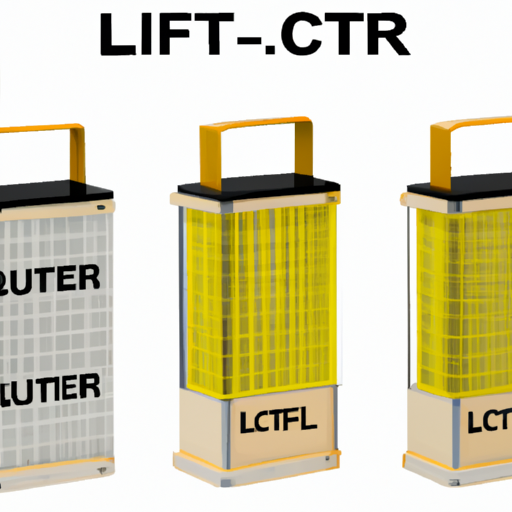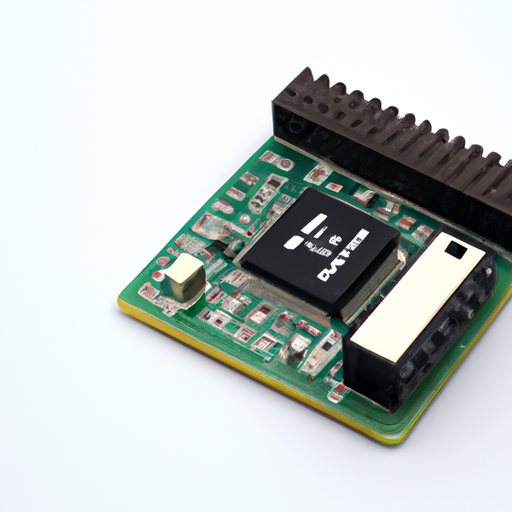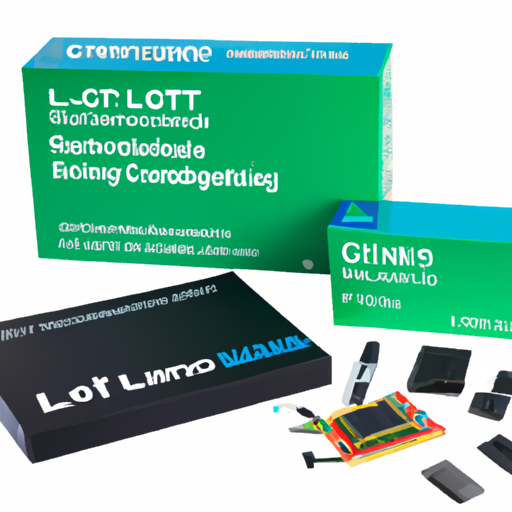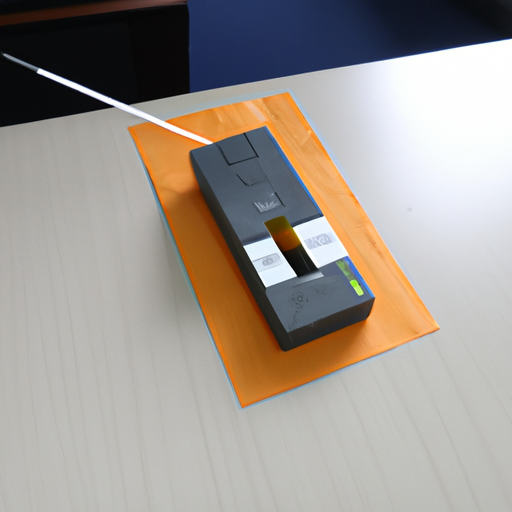Core Functional Technology of Filters Utilizing LT1131ACNW
1. Precision Voltage Reference: The LT1131ACNW serves as a precision voltage reference, delivering a stable output voltage that is essential for the accurate operation of filter circuits. This stability minimizes drift and ensures that the filter maintains its designed frequency response over time.
2. Active Filter Design: By integrating the LT1131ACNW with operational amplifiers, designers can create active filters that offer advantages over passive filters, such as improved gain, better frequency response, and the ability to implement complex filter topologies (e.g., Butterworth, Chebyshev).
3. Analog Signal Integrity: Filters are critical in analog signal processing to eliminate unwanted noise and interference. The LT1131ACNW helps maintain signal integrity by providing a consistent reference voltage, which is crucial for the performance of analog circuits.
4. Low Noise Characteristics: The low noise performance of the LT1131ACNW is particularly beneficial in filter applications where noise can degrade the quality of the output signal. This characteristic is vital in high-fidelity audio and precision measurement applications.
5. Temperature Coefficient Stability: The LT1131ACNW features a low temperature coefficient, ensuring that the reference voltage remains stable across a wide temperature range. This stability is essential for filters used in environments with fluctuating temperatures, ensuring consistent performance.
Application Development Cases
1. Audio Processing Systems: In audio applications, filters are used to enhance sound quality by attenuating unwanted frequencies. The LT1131ACNW can be employed in active filter circuits within audio equipment, ensuring that the reference voltage remains stable for optimal performance.
2. RF Communication Systems: Filters are integral to RF communication systems, where they help eliminate noise and interference from signals. The LT1131ACNW can provide a reliable voltage reference, ensuring that the filter circuits maintain signal integrity and performance in high-frequency applications.
3. Sensor Signal Conditioning: In sensor applications, filters are used to process and clean signals from various sensors (e.g., temperature, pressure). The LT1131ACNW can be integrated into these circuits to provide a stable reference voltage, enhancing the accuracy and reliability of sensor readings.
4. Power Supply Filtering: Filters are commonly used in power supply circuits to smooth out voltage fluctuations and reduce ripple. The LT1131ACNW can be utilized to provide a stable reference for voltage regulators, improving the overall performance and reliability of power supply designs.
5. Data Acquisition Systems: In data acquisition systems, filters preprocess analog signals before they are digitized. The LT1131ACNW ensures that the analog signals are stable and accurate, which is crucial for high-resolution data acquisition and processing.
Conclusion
The LT1131ACNW is a key component in filter applications, providing a stable voltage reference that enhances performance and accuracy across various electronic systems. Its low noise and temperature stability make it suitable for a wide range of applications, from audio processing to communication systems and sensor signal conditioning. For further insights and specific case studies, exploring technical journals, application notes from manufacturers, and industry publications focused on analog electronics and filter design would be beneficial.













